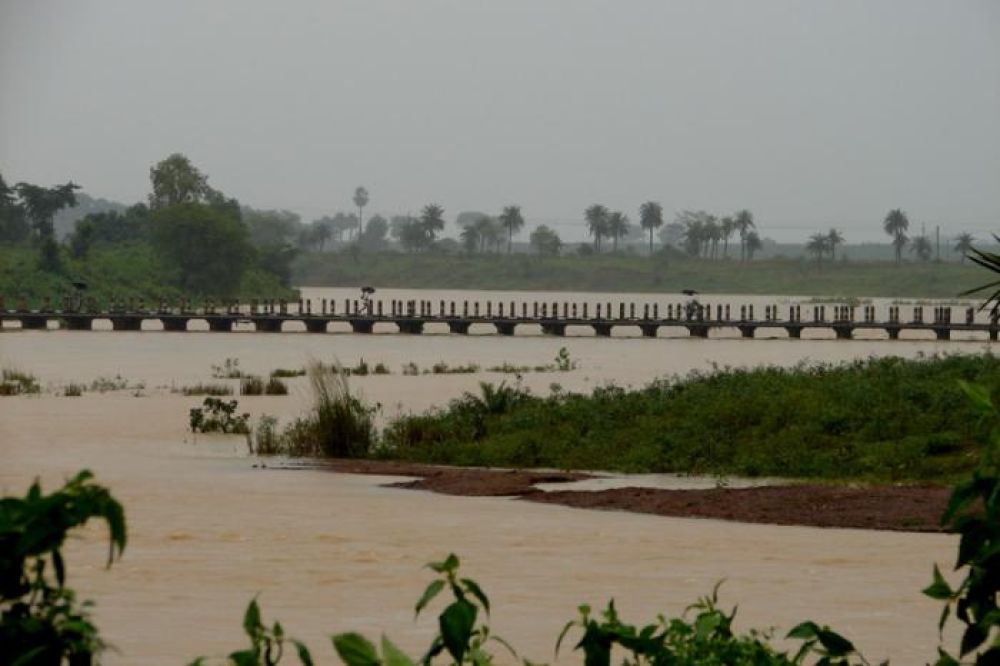

Tourism in Bankura has evolved steadily over the years, with its origins deeply rooted in the rich cultural heritage and the captivating natural beauty of the region. Bankura, once an integral part of the ancient Rarh region, has always been known for its historical significance and diverse flora and fauna.
Bankura's historical allure traces back to the period of the Mahasanghika and Maurya Empires, with its heritage culminating in a variety of religious and historical sites. The significance of Bankura was further established during the Malla Kingdom in the medieval years, known for their patronage of art and architecture, especially the famous terracotta temples that attract tourists even today.
During the British Raj, Bankura became a center of nationalist activities and played a role in India's struggle for independence. While this period didn’t see much development in terms of tourism, the post-independence era marked a gradual awakening to the potential of Bankura's historical, cultural, and natural sites.
After independence, efforts to promote tourism in Bankura began to take shape with the identification and preservation of its rich heritage. Regions such as Bishnupur became focal points for historians and cultural enthusiasts, leading to increased visitor interest.
In recent years, local and state government initiatives have aimed to highlight Bankura as a prime tourist destination. From the conservation of ancient temples to the development of facilities around the natural sites like Susunia Hill and Mukutmanipur, Bankura is experiencing a gradual evolution in its tourism infrastructure.
The latest trend in Bankura’s tourism is the integration of the rural and cultural experience. Initiatives like rural homestays and tours of local crafts, such as the famous Bankura horse, offer a deeper dive into the local lifestyle and traditions. Moreover, festivals such as the Bishnupur Mela and events showcasing classical music and dance contribute to the region's emerging cultural tourism.
Eco-tourism is becoming increasingly popular, with a focus on sustainability and nature-based activities. Bankura with its serene landscapes, from the Gandheswari and Damodar rivers to the Ajodhya Hills, is tapping into this demand by promoting eco-friendly travel experiences.
As a destination, Bankura continues to flourish, offering a blend of historical appeal, artistic significance, and natural beauty. With thoughtful conservation and innovative tourism developments, it promises an enriching experience for travelers seeking both tranquility and cultural immersion.